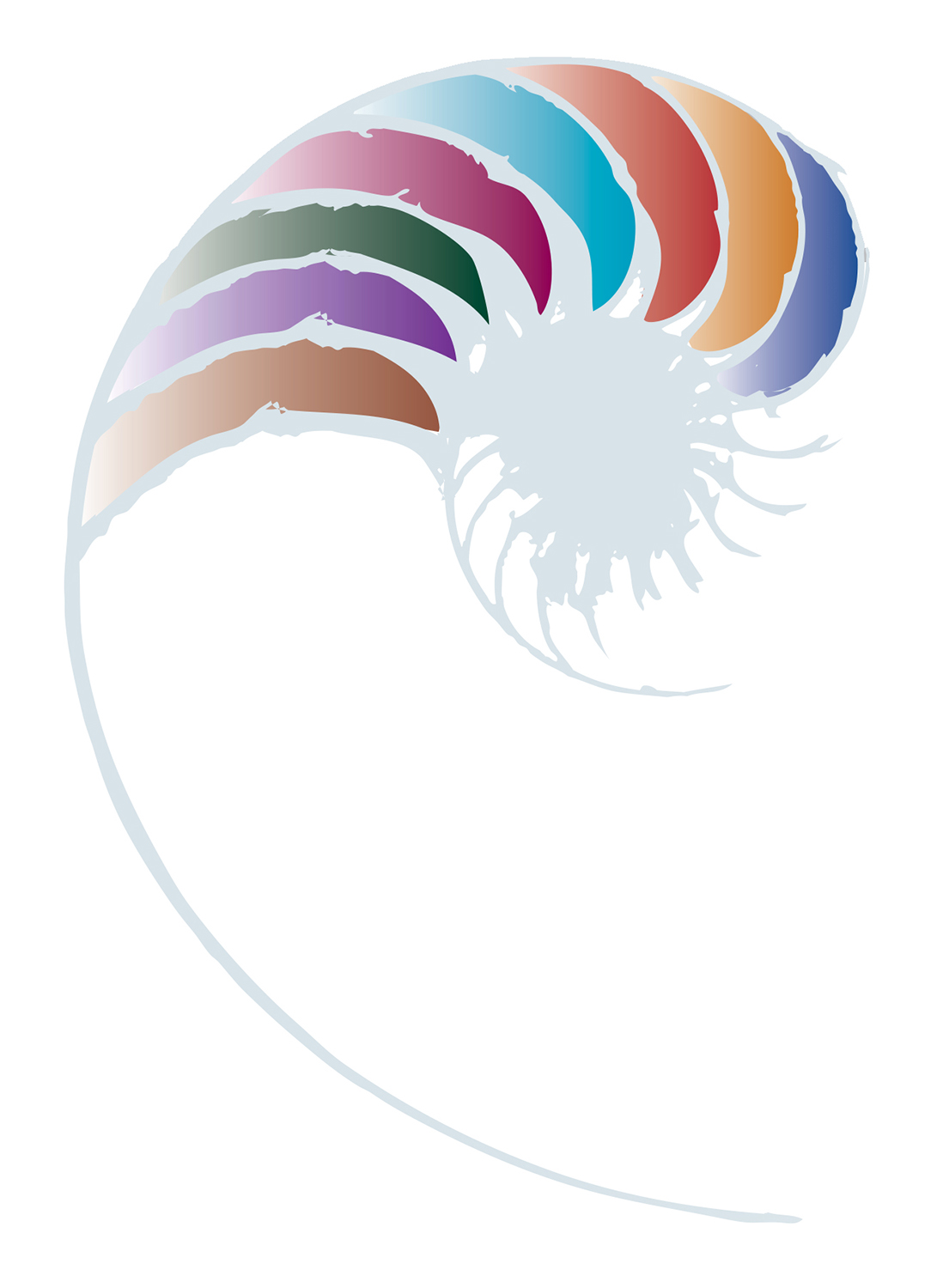Literacy Kaiako Guide
The Literacy kaiako guide is part of a suite of resources for Kōwhiti Whakapae oral language & literacy practices and progressions. It provides kaiako with a deeper dive into literacy in the early years. See 'Literacy kaiako guide resources' below to access the individual resources.
Toku reo tōku ohooho, tōku reo tōku māpihi maurea.
My language is my awakening, my language is the window to my soul.

Oral language and literacy includes the knowledge, skills, and attitudes we need to communicate, create and express meaning using language. It includes children's first and additional languages, their emergent literacy, and various the forms and functions of literacy.
From birth, children are developing the knowledge, skills, and dispositions necessary to use, enjoy, and benefit from language and literacy. It is important to foster children's enjoyment of and interest in using language and lteracy for a rangte of purposes. The development of language and literacy in the early years is essential to children being compentent and confident lifelong learners. It provides a solid foundation for learning to read and write.
As the whakataukī Māori above highlights, language and literacy contribute postively to the identity formation, belonging and wellbeing of mokopuna. Kaiako have a key role in facilitating play experiences and rich interactions that support and extend children's language and literacy.
Kōwhiti Whakapae oral language & literacy
The Literacy kaiako guide is part of a suite of resources for Kōwhiti Whakapae oral language and literacy practices and progressions. In Kōwhiti Whakapae, oral language & literacy is divided into four equally important areas:
- Understanding and using language: Includes spoken and non-spoken forms of communication. It involves children’s ability to understand what is said to them and to use words, phrases, and sentences to communicate with others.
- Emergent literacy: This lays the groundwork for later reading, writing, spelling, and comprehension. It includes children's phonological awareness, concepts of print, story comprehension, alphabet awareness, mark-making and emergent writing.
- Forms and functions of literacy: Includes developing an awareness and understanding of the wide range of the literacy used in our lives, and how these are used for a range of purposes.
- Learning an additional language: This area focusses on children expanding and using their whole language repertoire as they learn an additional language.
The Literaacy kaiako guide provide early learning kaiako with a deeper dive into emergent literacy and the forms and functions of literacy. It complements Te kōrerorero – Talking Together as a resource, which focuses on effective teaching practices that support children's oral language development (including through additional languages) and story comprehension.
About this resource
Kōwhiti Whakapae provides kaiako with support to lay foundations for long term success and to notice, recognise and respond to children’s progress. The Literacy kaiako guide provides early learning kaiako with a deeper dive into emergent literacy and the forms and functions of literacy to help them with the Kōwhiti Whakapae oral language and literacy practices and progressions. It complements Te kōrerorero – Talking Together as a resource for kaiako.



